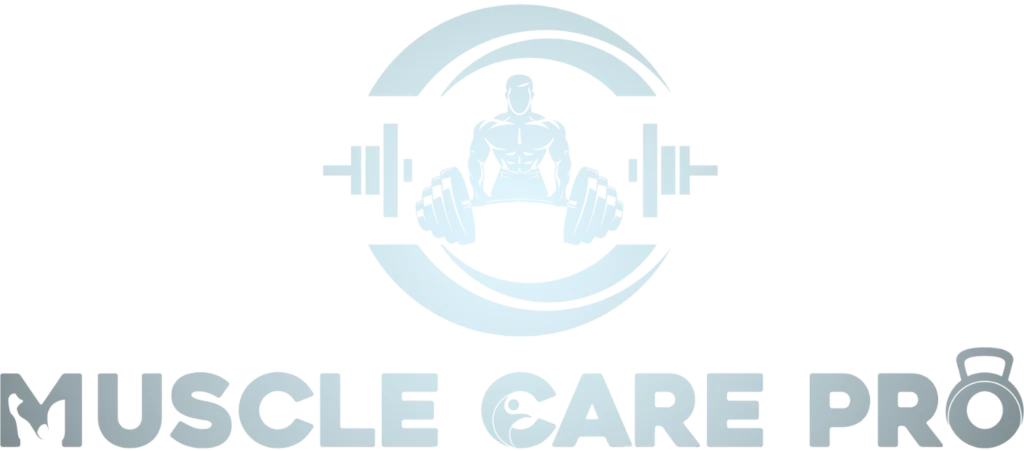To protect knees while opening hips yoga , the movement of the knee and hip joints differs in nature and style. Kissing the knee can only flex or extend at a limited range, while the hip can move or twist in any direction.
When we are not careful, modified hip posture limits and inadvertently overextends the knee thus knowing this helps us to position ourselves correctly in motion. The angles for the hips and knees differ drastically. While the mobility of the knees also involves bending in some ways, they primarily revolve in one direction, and this affects the range of motion for each of the joints, and the limits are different for each joint, which is beneficial in preventing strain and ensuring safe movement while performing activities.
One of the secrets to improving your hip mobility in yoga postures without risking injury to the knees is to use care and cautiousness. It is recommended to exercise at a slow pace and not exceed the limits of the body. Using supportive aids such as blocks or blankets is recommended. While stretching, practice good positioning for your knees to keep them well protected.
Warming Up Safely for Hip Openers
Dynamic Movements to Mobilize Hips and Knees
Moderate motion exercises warm the hips and knees prior to intense stretches. Leg swings, hip circles, and light lunges help increase the range of motion as well as blood flow. These movements allow the joints to get ready for the flexibility work that follows.
Gradual Progression in Flexibility
Flexibility builds safely with small, consistent efforts. Avoid pushing too hard too fast on the muscle structure, but rather muscle work depth should be incrementally increased with time. This helps avert straining and thus ensures the persistence of improvement in flexibility.
Alignment and Modifications in Key Hip-Opening Poses
Directing the Knees to be Aligned with the Toes
When performing Warrior II and the like, ensure that the knees are facing the same direction as the toes. This is an important alignment since it prevents the knee from twisting out of control or becoming strained.
Protective Variations for Basic Hip-Openers
In poses such as Pigeon and Butterfly, alleviate the burden on the knees with items such as blocks or blankets. All of these are modifications done to ensure the joints are not compromised in the process of achieving their range of motion.
Balancing Strength with Flexibility
Where there is flexibility, there must be strengthening of the muscles around the hips and knees. If muscles are strong and engaged, the joints are safeguarded as deeper stretches are attempted.
Engaging Supporting Muscles
Involving the assistive mechanisms around the hips and knees aids in enhancing the stability of your dynamic actions. Also engaging the glutes, quadriceps, and core assists in the protection of joints at certain deeper stretches. This muscle engagement also contributes to the enhancement of balance and control. Strong supporting muscles make sure that your practice is safe and beneficial.
Practicing Mindful Transitions
- Get in and out of postures with patience and awareness to minimize stress on joints
- Be mindful of your body and its limitations and make adjustments accordingly to avoid pain During movement between positions
- keep the abdominal area activated to prevent excessive stress on the knees and hips
- Work on the ability to perform transitions progressively rather than hurrying through them or stretching into a position
- Employ the use of props or modify positions to facilitate safe transitions, particularly in difficult asanas.
Incorporating Props to Reduce Knee Stress
Using Blocks, Straps, And Blankets
Difficult postures may require additional props, such as blocks, straps, and even blankets. For example, blocks raise the floor making it less likely for one to overreach in the lesson. Also, straps allow one to reach out without losing aliment. Last but not least, blankets offer stability and cushioning while in these poses.
Avoiding Overextension and Hyperflexion
Overextension occurs when the joints are moved further than they are supposed to; this results in strain. Hyperflexion occurs when a joint is bent more than is necessary, causing danger to the joint. Try to avoid moving the joints uncomfortably, by operating within the accepted operating range of the joints, and by observing the signals given by the body. Joint health and integrity is preserved through deliberate and deliberate motion.
Conclusion
It is vital to open the hips without compromising the knees for practice to be safe. One can understand and respect the limits of his or her body and make use of props to be able to increase one’s flexibility without the possibility of incurring injury. Controlled movements and correct positioning help in the increased range of motion in joints without causing any harm.
Combining flexibility training with strength training is beneficial to the knees as well. Be sure to respect your body – it will let you know when it’s time to stop or modify the position and you should listen. Because of these practices, hip openers are easy to do without putting the knees at risk of injuries.











